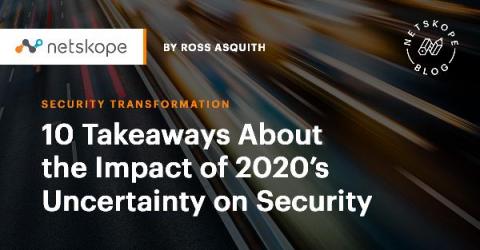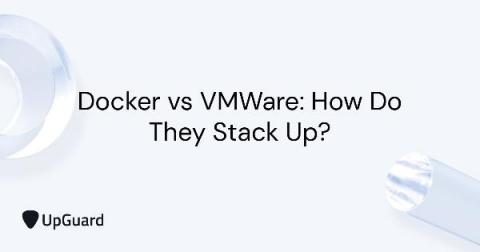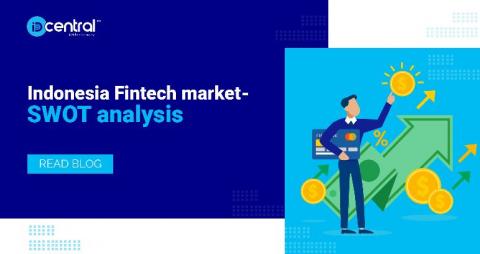Weekly Cyber Security News 23/10/2020
A selection of this week’s more interesting vulnerability disclosures and cyber security news. For a daily selection see our twitter feed at #ionCube24. With money in some form being the objective of most attacks, it comes as a bit of a shock and much (cynical) suspicion when a recent ransomware group donated some of their haul to charity….











